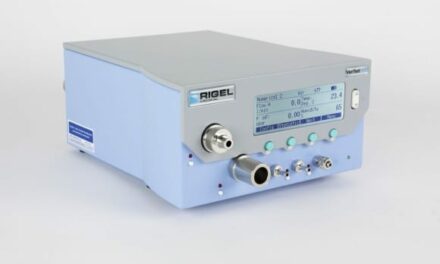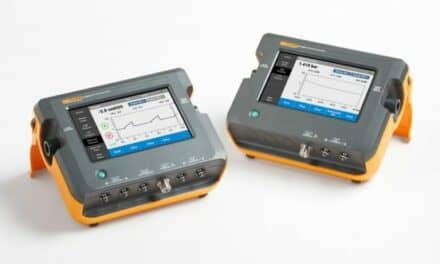By Arif Subhan, MS, CCE, FACCE

Joint Commission Standards
In its Environment of Care standard, EC.02.05.09, The Joint Commission specifies that “the hospital inspects, tests, and maintains medical gas and vacuum systems.” The standard specifies three elements of performance (EP):
EP 1 states that “the hospital inspects, tests, and maintains critical components of piped medical gas systems, including master signal panels, area alarms, automatic pressure switches, shutoff valves, flexible connectors, and outlets at time frames defined by the hospital. These activities are documented.”
EP 2 states that “the hospital tests piped medical gas and vacuum systems for purity, correct gas, and proper pressure when these systems are installed, modified, or repaired. The completion date of the tests is documented.”
EP 3 states that “the hospital makes main supply valves and area shutoff valves for piped medical gas and vacuum systems accessible and clearly identifies what the valves control.”
Definitions
Chapter 3 of NFPA 99: Health Care Facilities Code, 2012 Edition provides the following definitions related to medical gas and vacuum system.
Medical Gas: a “patient medical gas” or “medical support gas” (3.3.107).
Patient Medical Gas: “piped gases such as oxygen, nitrous oxide, helium, carbon dioxide, and medical air that are used in the application of human respiration and the calibration of medical devices used for respiration (3.3.142).”
Medical Support Gas: “nitrogen or instrument air used for any medical support purpose (e.g., to remove excess moisture from instruments before further processing, or to operate medical–surgical tools, air-driven booms, pendants, or similar applications) and, if appropriate to the procedures, used in laboratories and are not respired as part of any treatment.
Medical support gas falls under the general requirements for medical gases (3.3.109).”
Medical Gas System: “an assembly of equipment and piping for the distribution of nonflammable medical gases such as oxygen, nitrous oxide, compressed air, carbon dioxide, and Helium (3.3.108).”
Medical–Surgical Vacuum System: “an assembly of central vacuum–producing equipment and a network of piping for patient suction in medical, medical–surgical, and waste anesthetic gas disposal (WAGD) applications (3.3.111).”
Requirements for Gas and Vacuum Systems
Chapter 5 of NFPA 99 provides requirements for the three categories of gas and vacuum systems. These are defined in Chapter 4 of NFPA 99 as follows:
Category 1 facility system: failure is likely to cause major injury or death of patients or caregivers (4.1.1).
Category 2 facility system: failure is likely to cause minor injury to patients or caregivers (4.1.2).
Category 3 facility system: failure is not likely to cause injury to patients or caregivers, but can cause patient discomfort (4.1.3). 24×7
Review Questions
1) According to Joint Commission Standards, the hospital inspects, tests, and maintains critical components of piped medical gas systems:
a) At time frames defined by the hospital
b) Every year
c) Every 6 months
d) Every 3 years
2) Medical gas is defined as:
a) Patient medical gas
b) Medical support gas
c) Both (a) and (b)
d) None of the above
3) Patient medical gas is used in the application of human respiration and the calibration of medical devices used for human respiration, and includes all of the following piped gases except:
a) Oxygen
b) Nitrous oxide
c) Medical air
d) Nitrogen
4) All of the following statements are true about “medical support gas,” except:
a) It is not respired as part of any treatment
b) It is used to operate medical–surgical tools
c) It is used to remove excess moisture from instruments before further processing
d) It is used in the application of human respiration
5) The requirements for the gas and vacuum systems in health care facilities can be found in:
a) NFPA 101
b) NFPA 99
c) NFPA 110
d) None of the above
6) According to NFPA 99, a facility system where a failure is likely to cause major injury or death of patients or caregivers falls into which of the following categories?
a) Category 1
b) Category 2
c) Category 3
d) Category 4
See answers below.
Arif Subhan, MS, CCE, FACCE, is the chief biomedical engineer at the VA Greater Los Angeles Healthcare System, Calif; adjunct assistant professor, biomedical engineering, University of Connecticut; and a member of 24×7’s editorial advisory board. The suggestions and views expressed here are those of the author. They do not represent the views of the Department of Veterans Affairs or the University of Connecticut. For more information, contact [email protected].
Answers: 1-a; 2-c; 3-d; 4-d; 5-b; 6-a




